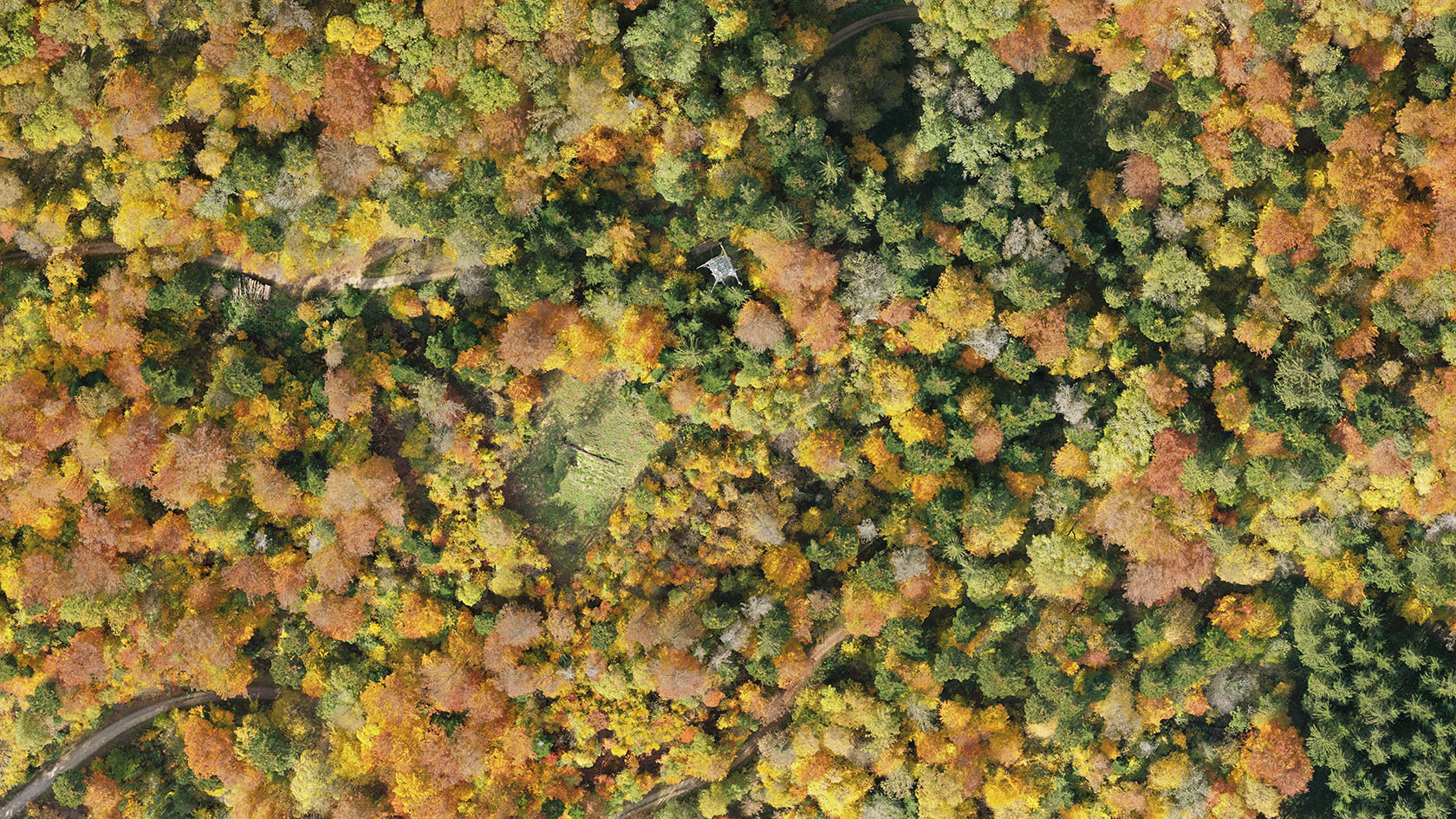Navigation auf uzh.ch
Navigation auf uzh.ch

Two UZH researchers are harnessing the light reflections from leaves to learn more about biodiversity and the characteristics of plants. Analyzing spectral data is revolutionizing not only the way in which we research ecosystems but also allows us to protect them more effectively.
The folded leaf of an oak tree, faded yellow, dotted with dark spots. We pick up on the information contained in leaves almost subconsciously when strolling through the forest. But the researchers at UZH’s Remote Sensing Laboratories are taking this ability to the next level.
Using a spectrometer, they measure the light reflected by leaves, which gives them insight into the chemical and structural properties of plants – even from outer space. “The spectrum is like a fingerprint unique to each plant,” explains Meredith Schuman, professor of spatial genetics in the Department of Geography.
Monitoring plant life using satellites, airplanes and drones is known as remote sensing, and it could become an important tool to counteract the biodiversity crisis. Remote sensing makes it possible to monitor the health and species composition of ecosystems, almost in real time. This could help governments identify areas that require protection at an early stage and provide direct feedback on conservation measures.